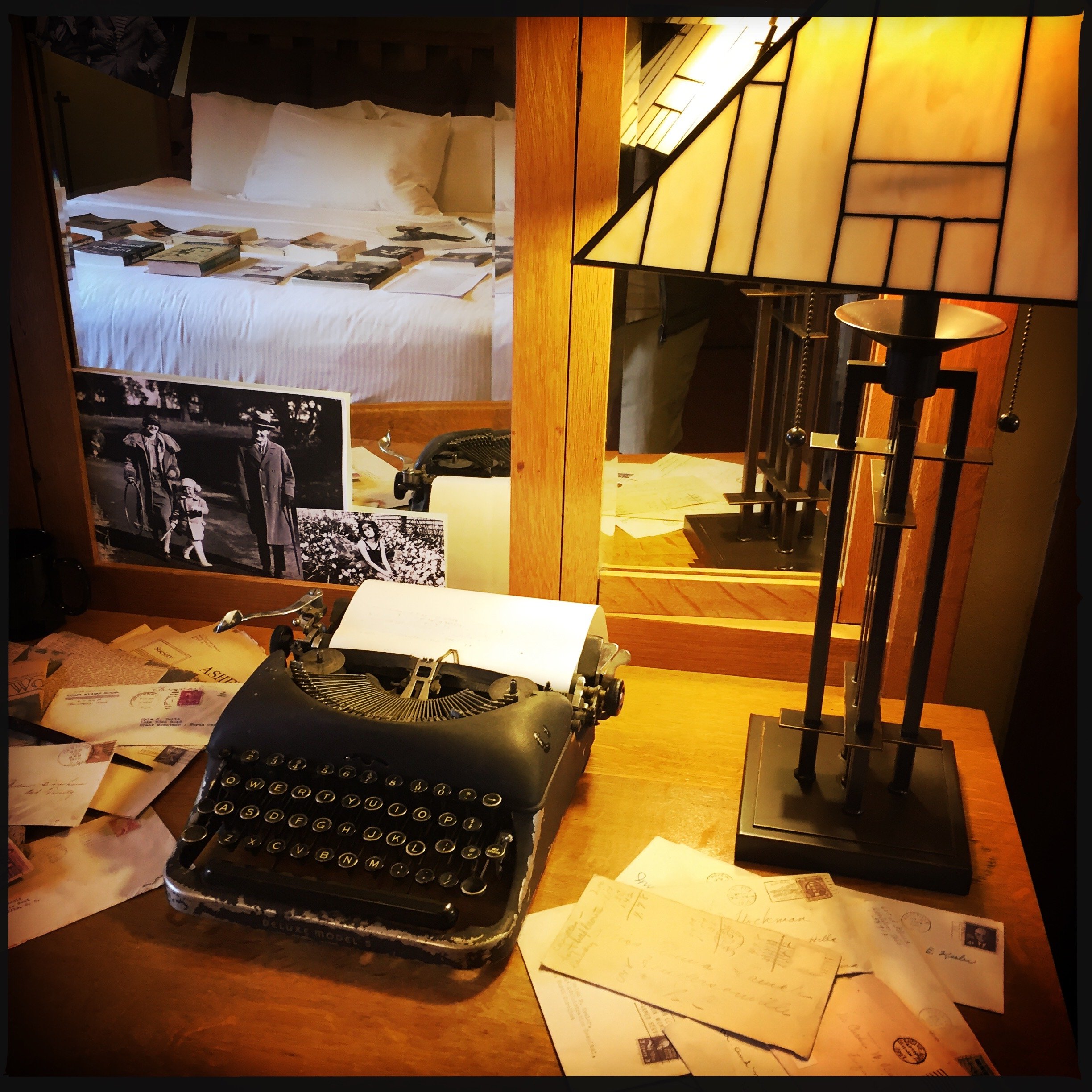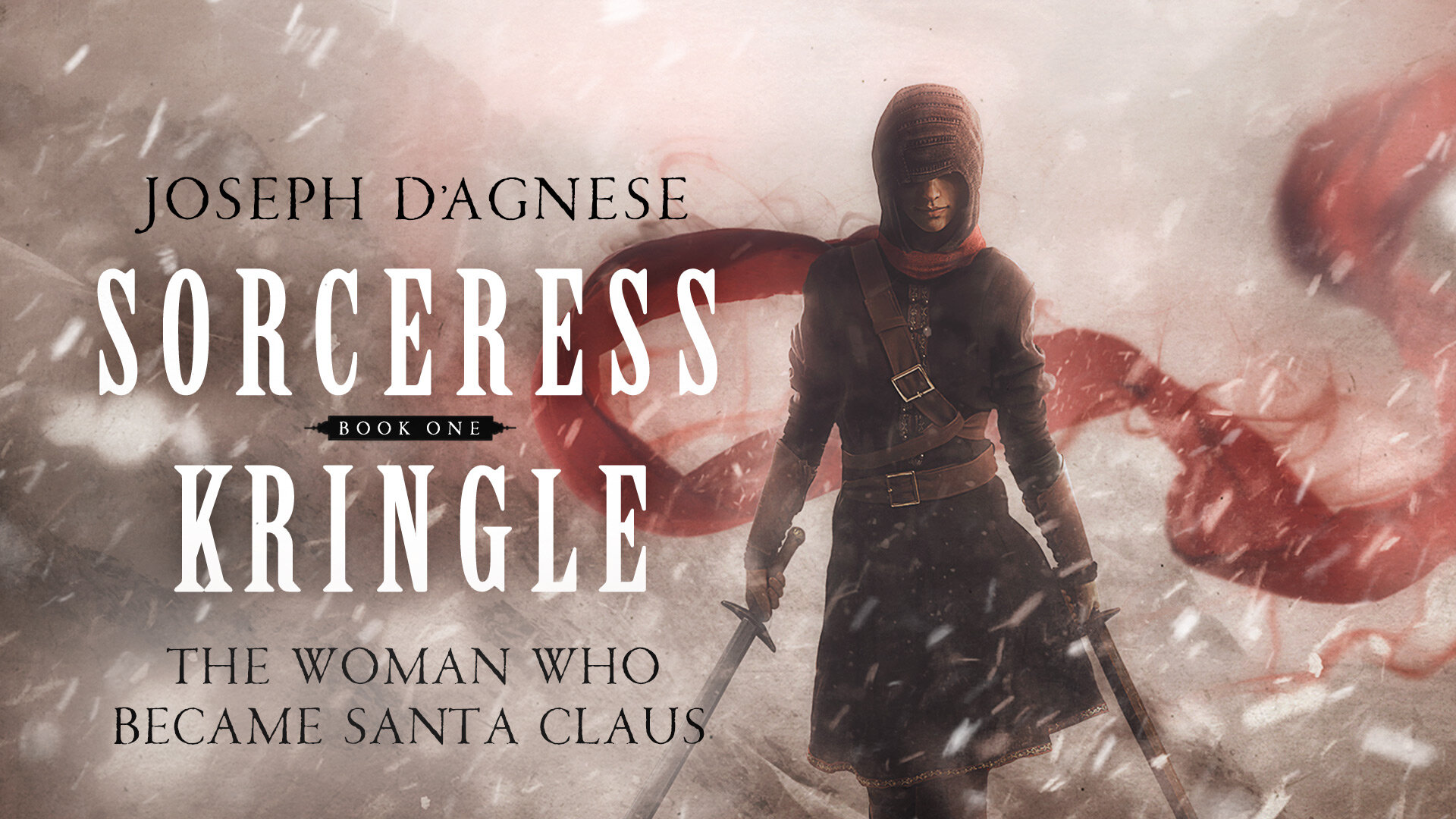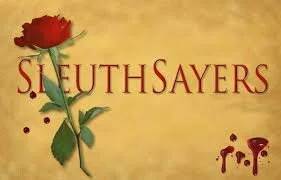Today I’m participating in the 100-word #adventghosts2019 flash fiction event run by writer Loren Eaton. You'll find links to all the stories at his blog, I Saw Lightning Fall. Here’s my piece.
Town Square on a Midnight Clear
As the carolers sang, Betty considered just how little God cared. Long ago she had learned that she was irrelevant.
Summoning that power now, she pressed past the singers to the unlit balsam. No one saw her pull the paper bag from her purse. No one watched her hang her great-uncle’s shrunken head on a bough, the old sinner’s sand-filled eyes and mouth stitched tight with waxed green monofilament.
Claude had loved Christmas (and children) a little too much.
No one watched the stranger in the boring car coat drive away, leaving town for good. She was invisible.
Copyright 2019 Joseph D’Agnese
My previous contributions to the Advent Ghosts events are here: 2012, 2013, 2014, 2016.
Photo by Seoyeon Choi via Unsplash










